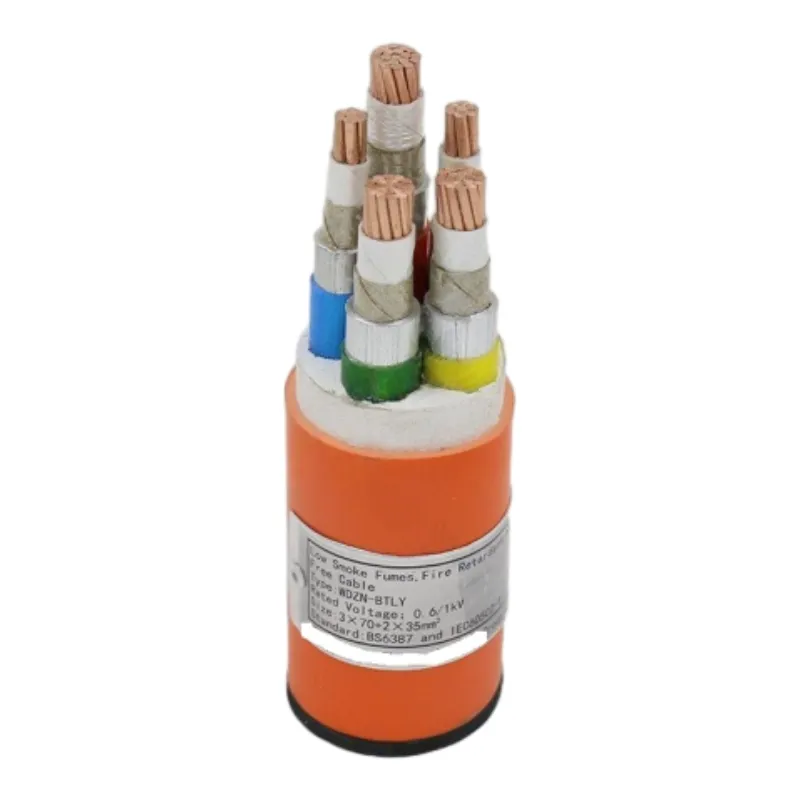dec . 29, 2024 13:29 Back to list
control valve
Understanding Control Valves A Key Component in Process Automation
Control valves are essential devices used in various industrial applications to regulate the flow of fluids such as liquids, gases, and steam. These components play a critical role in process automation by controlling the supply, temperature, pressure, and level of substances in a system. With their ability to adjust flow rates automatically, control valves contribute significantly to the efficiency and safety of operations in industries ranging from petrochemicals to water treatment.
How Control Valves Work
At the core of a control valve's function is the actuator, which determines the position of the valve based on signals received from a controller. The actuator can be electric, pneumatic, or hydraulic. When the controller, which receives input from various sensors, determines that a change in flow is necessary, it sends a signal to the actuator. The actuator then adjusts the valve's opening and closing, allowing more or less fluid to pass through.
Control valves can be categorized into several types, including globe valves, ball valves, butterfly valves, and diaphragm valves. Each type has its unique characteristics and is suited for particular applications. For instance, globe valves are often used for fine flow regulation, while ball valves offer quick on-off control and minimal pressure drop. Understanding the specific requirements of a process helps engineers choose the appropriate valve type for optimal performance.
Applications of Control Valves
In the chemical processing industry, control valves are used to maintain precise conditions within reactors, ensuring that chemical reactions occur efficiently and safely. In power plants, they manage the flow of steam and water, influencing energy generation and operational efficacy. Additionally, in the water treatment sector, control valves play a crucial role in managing treatment processes and ensuring the quality of the water supply.
Moreover, in HVAC systems, control valves help regulate temperature and airflow, contributing to energy efficiency and comfort in residential and commercial buildings. Their adaptability is one of the reasons control valves are widespread across numerous industries.
control valve

Importance of Control Valve Selection and Maintenance
Choosing the right control valve for a specific application involves considering factors such as the type of fluid, the temperature and pressure conditions, and the desired flow characteristics. Failure to select the appropriate valve can lead to inefficient operation, increased energy consumption, and even system failures.
Maintenance is also critical to ensure the longevity and reliability of control valves. Regular inspection and servicing can prevent potential issues such as leaks, actuator failure, or valve sticking, which can lead to costly downtimes and repairs. Routine maintenance programs often include cleaning, calibration, and replacement of worn parts.
The Future of Control Valves in Automation
As industries continue to embrace automation and smart technology, the role of control valves is becoming increasingly sophisticated. Innovations such as intelligent control systems and predictive maintenance technologies are enhancing the performance and reliability of control valves. These advancements allow for real-time monitoring and adaptive control, optimizing process efficiency and minimizing wastage.
Furthermore, the integration of digital technologies such as the Internet of Things (IoT) into control systems is transforming how control valves are managed. Remote monitoring and control capabilities enable operators to manage processes more effectively and respond promptly to any anomalies, thus reducing risks and improving safety.
Conclusion
Control valves are indispensable in the landscape of modern industrial processes. Their ability to precisely regulate fluid flow directly impacts operational efficiency, safety, and overall system performance. As technology continues to evolve, the sophistication and capabilities of control valves are likely to expand, supporting the growing demand for automation and efficient process management. Understanding their functionality and maintenance is crucial for industries aiming to optimize their operations and maintain competitive advantages in a rapidly changing market.
Share
-
Reliable Wafer Type Butterfly Valves for Every IndustryNewsJul.25,2025
-
Reliable Flow Control Begins with the Right Ball Check ValveNewsJul.25,2025
-
Precision Flow Control Starts with Quality ValvesNewsJul.25,2025
-
Industrial Flow Control ReliabilityNewsJul.25,2025
-
Engineered for Efficiency Gate Valves That Power Industrial PerformanceNewsJul.25,2025
-
Empowering Infrastructure Through Quality ManufacturingNewsJul.25,2025